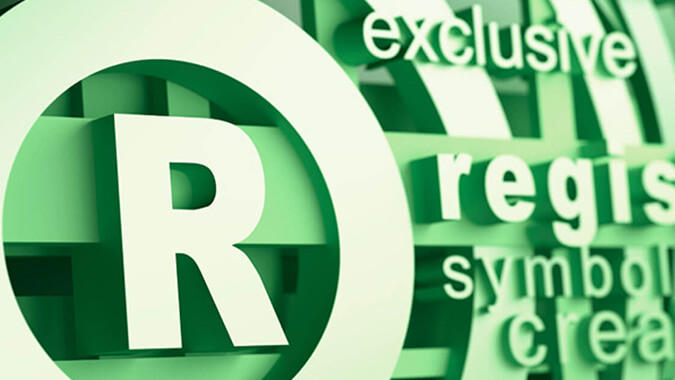
Five Challenges Consumer Products Companies Face When Going Direct-to-Consumer
- Published
- Mar 1, 2022
- Topics
- Share
Are you considering implementing direct-to-customer (“D2C”) line(s) for your business? Many consumer products companies opened a D2C sales channel during the pandemic to combat the significant decrease in in-store retail traffic. As consumer products companies come to terms with the changes the pandemic has brought to the industry, business leaders are continuing to bypass distributors and roll out sales lines directly to a new universe of customers. The numbers back it up. According to Digital Commerce 360, e-commerce sales continue to grow at an incredibly rapid pace, having made up nearly 20% of all retail sales in 2021.
For many businesses, the benefits of selling directly to consumers—higher margins, faster turnarounds, access to customer data—may seem like a slam dunk. And while the opportunity is there, it is a complex, costly channel to establish successfully. If you’re considering implementing a D2C strategy, here are a few challenges (and suggestions) to consider.
1. Increasing Marketing Investment
How you communicate with a consumer is entirely different than communicating with another business. If you want to effectively stand out from the competition and make your product known throughout the consumer universe, investing in your businesses' brand and marketing is more important than ever.
Having an active social media presence—with up-to-date information about your company and products as well as ways to engage with customers—is a success requirement in today's D2C market. Whether it’s through hiring a digital marketing team or working with an experienced agency to reach your goals, increasing your marketing budget should be a key consideration of your company's D2C strategy.
2. Building an IT Infrastructure
Simply having a “Contact Us” form or phone number on your website to connect with B2B leads may have sufficed in the past, but with D2C that is no longer the case. If consumers are shopping for your products online, they will expect the same positive experience they are receiving from any major retailer.
A seamless online process—from browsing your catalog and researching your products, to entering shipping details and accepting payments—is required from both users’ computers and their phones.
If you are considering DTC, integrating your current systems with your online platform is also key to operating efficiently. Take note of how your current inventory or enterprise resource planning system synchronizes with external channels you use to market your products such as Amazon or eBay.
3. Assessing Risk, Liability and Cyber Threats
Consumer products companies with high-quality products, effective marketing and a robust website will have much more exposure to the market. However, that comes with its own set of risks.
Since the dawn of e-commerce and online shopping, the threats of accepting payments with fraudulent information or having to deal with false chargebacks have been a burden on retailers. Consider working directly with your payment processor to implement their best practices when it comes to chargebacks or fraud prevention. They have the same goals as you, so it helps to be on their side.
Accepting online payments, while necessary for growth, can make your business a target for hackers and cyber criminals that can put both customer data and your reputation at risk. Taking proper, thorough cybersecurity measures should be top of mind for any company that is making the D2C jump and wishes to avoid expensive lawsuits, legal troubles and brand damage.
4. Fortifying Your Last-Mile Supply Chain
As a consumer products company, you’re already no stranger to the supply chain and its current challenges. Unfortunately, selling directly to consumers makes that process more complicated in a world where customers are accustomed to two-day shipping from their favorite retailers.
In the past, you may have worked with a few logistics vendors to cover the shipping and storage of products prior to receipt by your retail partners. An effective D2C supply chain requires businesses to own the process of delivering an even higher volume of individual packages to your customers’ front doors.
For many companies switching to this model, they’ll find their biggest new hurdle is the last-mile delivery bottleneck. The final, and possibly most important step, in the retail supply-chain process (the last-mile delivery) can account for almost half of total shipping costs. Logistics is more competitive than ever, so companies looking to associate their brand with delivering a great customer experience cannot drop the ball at the goal line. If you’re sticking with the same logistics provider, ask them about their last-mile fulfillment process and if it’s the right fit for your goals.
5. Regularly Performing Customer Service Training
With expanded volume and the need to deliver an excellent brand experience, customer service becomes the name of the game. Having a properly staffed team trained to manage and address customer complaints in a timely and professional manner can make the difference between a repeat customer and a negative online review.
If your team is not prepared to go from a few dozen direct accounts to thousands of customers calling, emailing or messaging with questions, complaints or returns, you may be setting yourself up for failure. Consider establishing best practices with your team with it comes to speaking with your new customer base. It can be a different, more personal, conversation than they’re used to having with previous B2B partners.
Opening a new service line by selling directly to retail customers can pose a major growth opportunity, but it comes laden with risks. If you are looking to make the shift to D2C, consider the aforementioned challenges and how you can successfully manage them to fully reap the rewards from these opportunities.
What's on Your Mind?
Start a conversation with Robert
Receive the latest business insights, analysis, and perspectives from EisnerAmper professionals.












